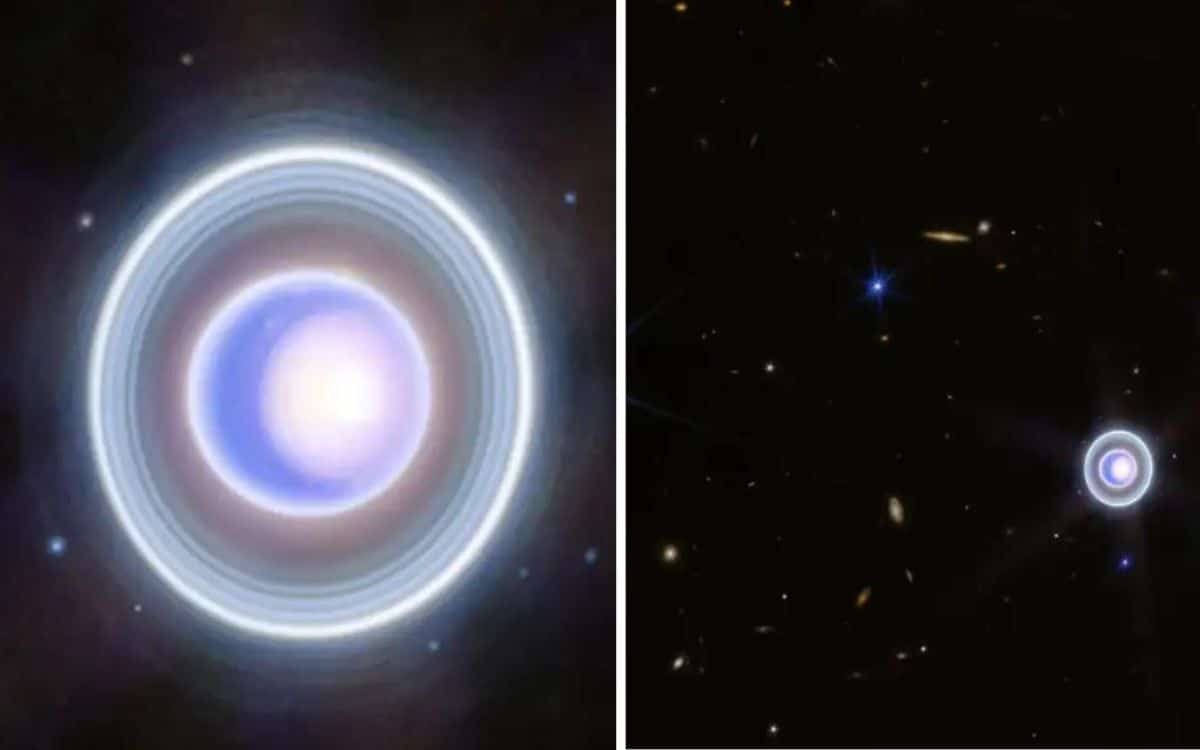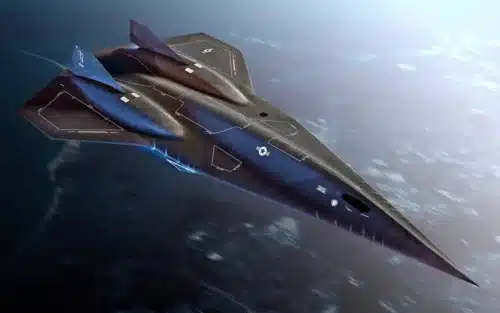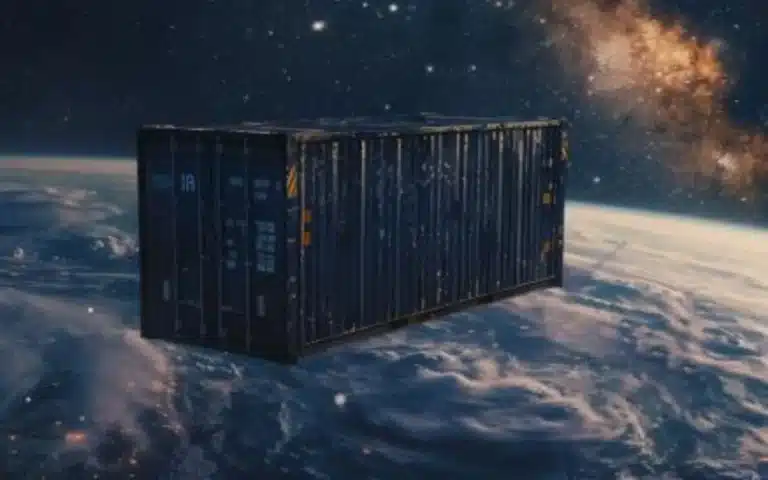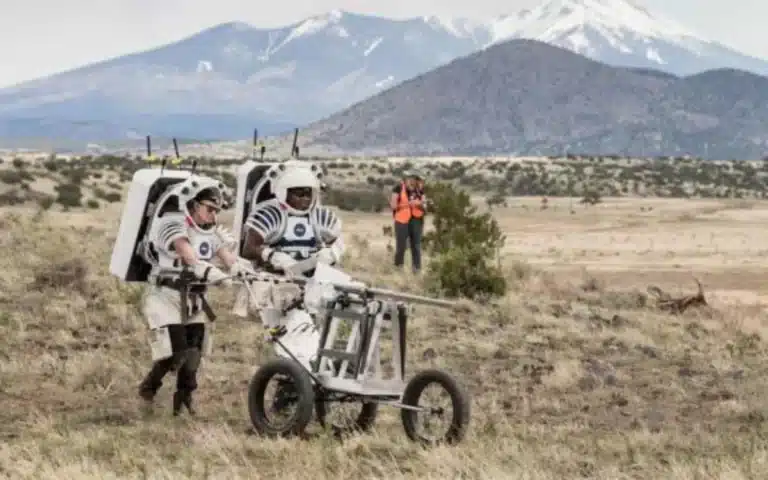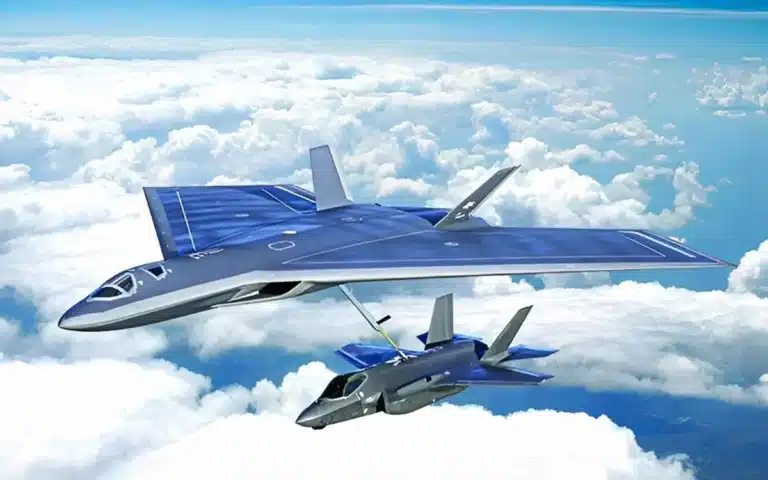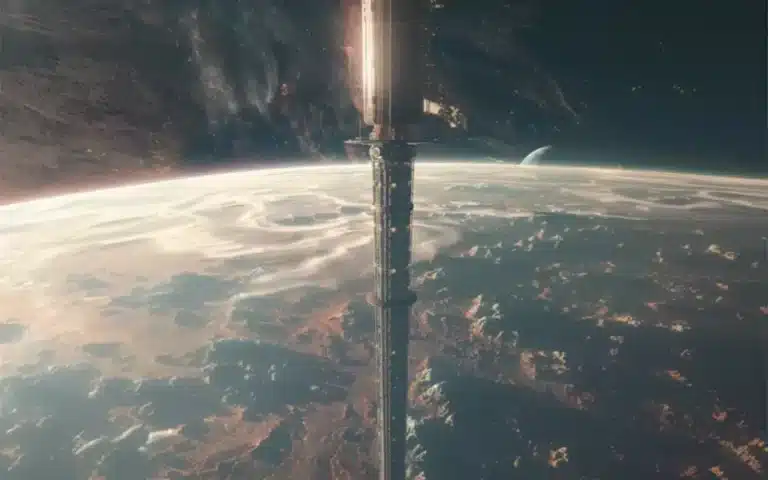NASA’s James Webb Space Telescope (JWST) has provided a detailed view of Uranus – and it’s unlike anything you’ve seen before.
You can see the images being zoomed on in the eerily stunning video below:
The images from NASA’s JWST capture the beautiful, yet mysterious planet’s distinctive features.
These include its rings, moons, storms, and even a seasonal polar cap in the most complete view of the planet ever.
READ MORE! Astronaut Tim Peake opens up about the secrets ‘every astronaut’ keeps
And recording this level of detail is important in an ever-changing landscape, as Saturn’s rings are predicted to disappear in 2025.
NASA’s JWST boasts infrared capabilities, allowing it to capture the planet’s dynamic atmosphere with surprising detail.
Astronomers used a combination of long and short exposure times with NASA’s JWST to create the images so that its fast-moving features can be smoothed over.
Although an orbit around the sun takes Uranus 84 years, the planet takes only 17 hours to complete a rotation – more quickly than a standard telescope exposure.
In April, NASA’s JWST used its infrared sensors to image Uranus but the final two rings were too faint to show up.
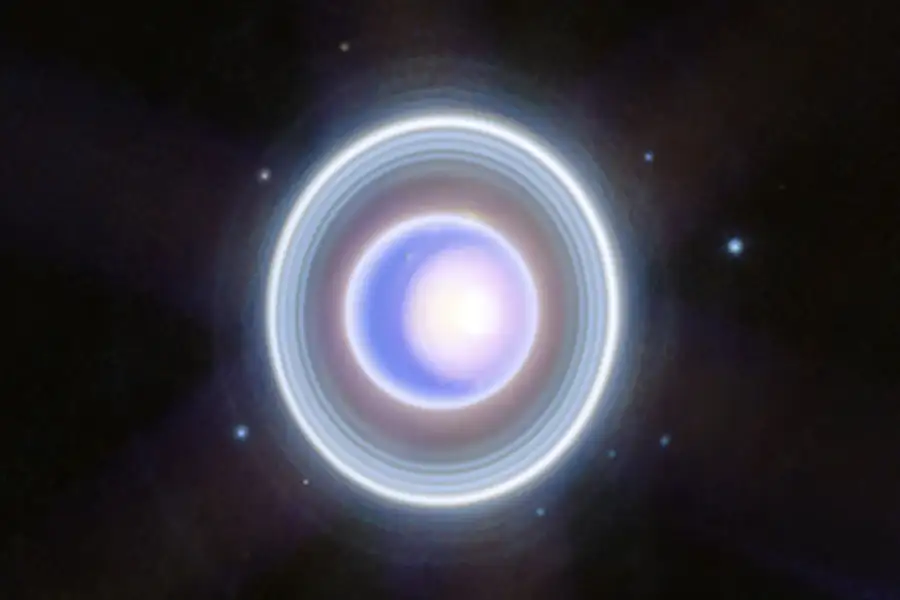
This follow up used a wider-field of view and more wavelengths of infrared light, revealing the rings in even more detail and showing us the elusive final two rings.
The sensitivity of NASA’s JWST allowed them to zoom in so far that we can see the close-in Zeta ring,
Faint, diffuse, and elusive – it’s rarely caught on camera.
From its seasonal north polar cloud cap and bright storms near and below the southern border of the cap, NASA’s technology didn’t miss a thing.
The storms are seen as white wisps against the blue backdrop.
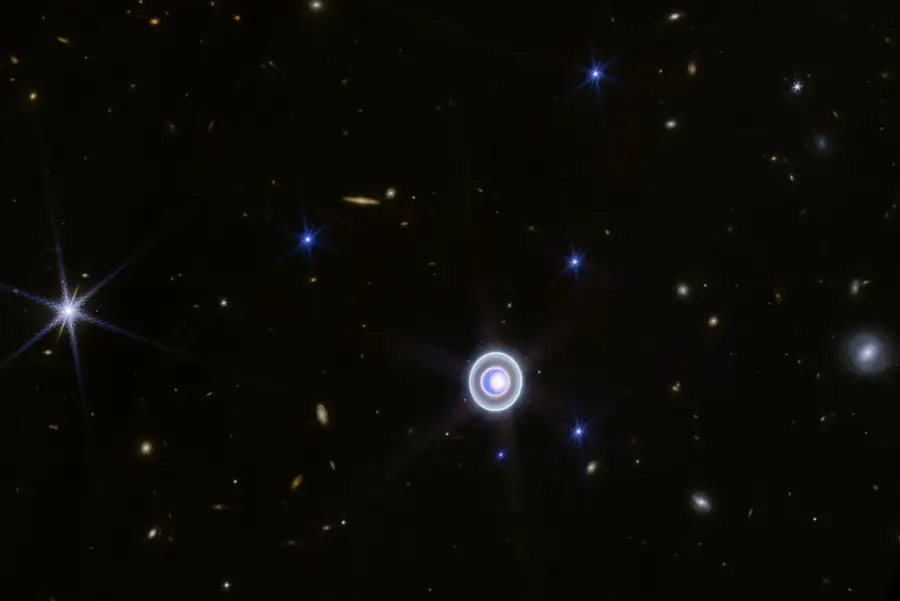
One image shows nine of Uranus’s 27 moons.
Another shows five more moons (Oberon, Umbriel, Ariel, Miranda and Titania) glowing like blue stars – bringing the total we can see to 14.
Due to the planet’s extreme tilt, Uranus serves as a valuable tool for understanding far-off exoplanets – like this ‘candyfloss’ one – that are currently being discovered.
This provides NASA’s scientists insights into planetary formation and meteorology.
The result is that it’s a crucial subject for future exploration and broader astronomical studies.
The ice giant, Uranus, is a dynamic world with rings, moons, storms and extreme seasons.
If NASA’s missions were to visit Uranus in the future, an understanding of how to navigate debris within the planet’s rings will be vital.
As well as making Uranus a rich source for study, its extreme 98° tilt also means its seasons are extreme.
For 25% of its year, the Sun shines on one pole.
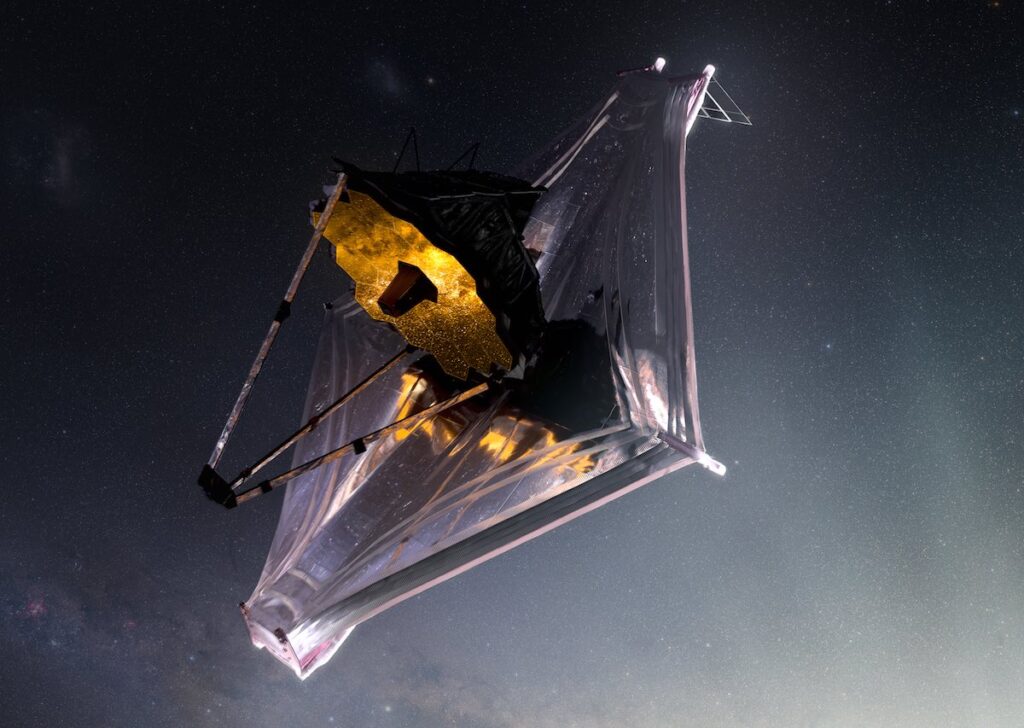
Meanwhile, the other half the planet experiences a dark, 21-Earth year winter.
Yikes.
Space exploration is undergoing something of a renaissance as we enter 2024 with the US set to return to the moon for the first time in 50 years.
What’s more, gas recently found on one planet is thought to be a huge breakthrough in terms of our search for alien life.
